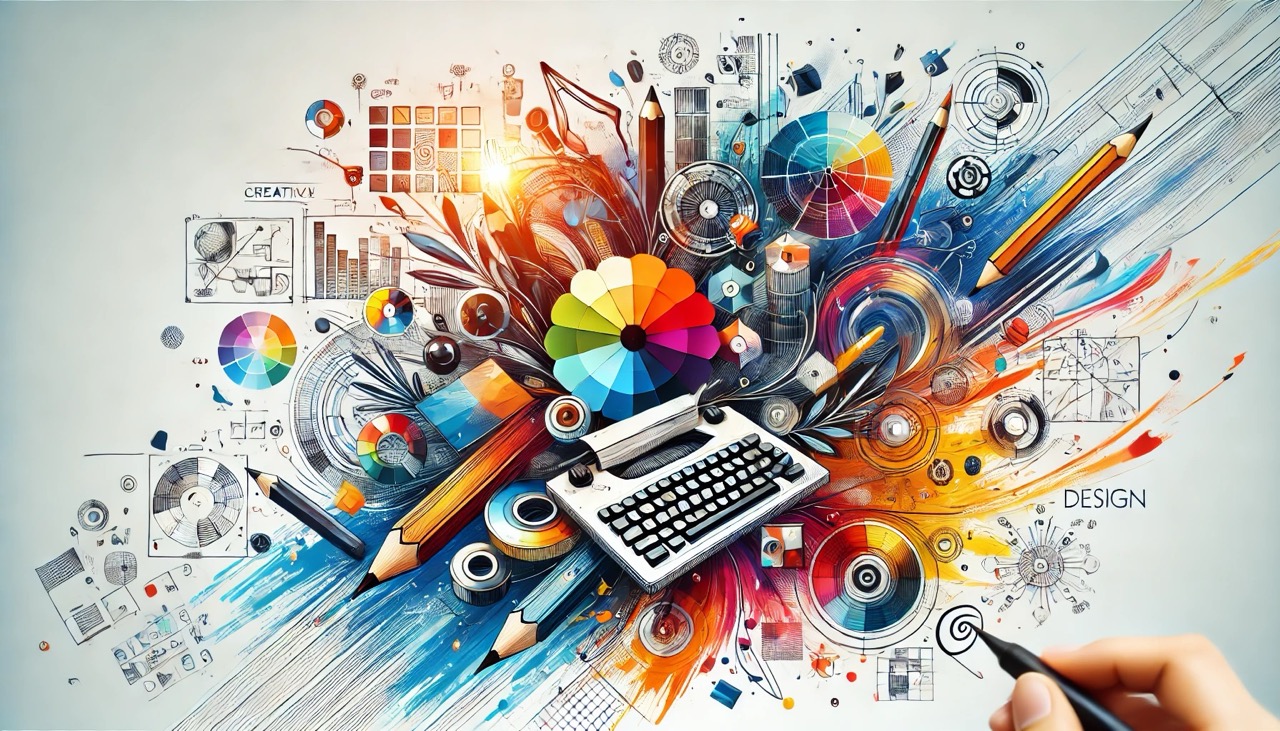Hey there! Let’s dive into the four modern design pillars that are shaping the way we think about design today. Ready? Let’s go!

Brand Design
First up, we’ve got Brand Design. Think of this as the face of the brand, the part that grabs your attention and sticks in your mind. When you see a redesign or a new campaign, that’s brand design at work.
- Getting Attention: Ever noticed how some commercials are quirky, funny, or even a bit controversial? That’s no accident. Brand designers aim to get people talking about the brand. Whether it’s a hilarious ad or a bold new look, the goal is to stand out and get noticed.
- Creating Associations: This is about making sure when you think of a specific quality, you think of the brand. Like how Nike is synonymous with athletics or how Tiffany is linked to luxury and prestige. It’s about embedding the brand into your identity.
- Driving Sales: At the end of the day, all the attention and associations mean nothing if they don’t translate into sales. Brand campaigns are ultimately judged by their ability to drive leads and convert them into customers. Metrics like ROI (Return on Investment) and CAC (Customer Acquisition Cost) are key here. Successful campaigns don’t just create buzz; they deliver tangible results.

User Experience (UX)
Next, let’s talk about User Experience. This is all about making sure that the end-users’ interactions with a product are smooth, enjoyable, and efficient.
- Understanding Unbiased User Goals: It’s crucial to get a clear and unbiased understanding of what users want. This involves asking non-leading questions and getting feedback from a diverse group of users. Data science plays a big role here, using analytics and A/B testing to gather reliable insights.
- Receiving Usability and Accessibility Feedback: This means asking users how they would accomplish certain tasks and thinking out loud as they interact with prototypes. Testing with accessibility devices ensures that the product is usable by everyone, not just the average user. This goes beyond meeting basic accessibility standards to truly understanding how users experience the product.
- Making Data-Based Recommendations: After gathering all this data, the next step is to create reports highlighting areas for improvement and delivering actionable recommendations to leadership. It’s about using data to make informed decisions that enhance the user experience.

Product Design
Now, onto Product Design, which bridges the gap between innovative ideas and real-world applications.
- Validating Innovation Lab Ideas: Got a new idea or business model? It’s essential to validate these ideas before diving into development. This can involve creating ads or prototypes to gather user feedback, ensuring there’s a market need before investing heavily in development.
- Bringing New Features to Life: This is about collaborating with product and engineering teams to turn user requests and business requirements into tangible features. It involves creating user flows and ensuring the new features are seamlessly integrated into the product.
- Refining the Experience: Product design also means continuously improving existing features. This can involve competitive research and staying on top of industry trends to ensure the product remains relevant and user-friendly.

Design Systems
Finally, we have Design Systems. Think of these as the toolkit that helps streamline design processes across teams.
- Documenting a Shared Language: Having a common language is crucial. When everyone knows exactly what a “button” means, it reduces confusion and ensures consistency. Comprehensive documentation is key here.
- Leveraging Design and Engineering Efficiencies: Design systems help teams work smarter, not harder. By reusing tested patterns and components, teams can speed up the design process and reduce rework. This also helps bridge the gap between design and engineering, minimizing miscommunications.
- Improving Product Quality Through Consistency: Consistency in design not only saves time but also improves product quality. With a robust design system, teams can focus on adding extra touches that elevate the user experience, like custom illustrations, motion design, and thorough user testing.
There you have it—the four pillars of modern design. Each plays a crucial role in creating products that are not only functional but also delightful to use. Whether you’re grabbing attention with a bold brand campaign, ensuring a seamless user experience, bringing innovative features to life, or leveraging a design system for consistency and efficiency, these pillars are the foundation of great design.
Thanks for tuning in! If you want to learn more or see these principles in action, check out PegasusDesignSystem.com. They offer a fantastic design system that can save you time and boost your team’s efficiency. Until next time, happy designing!
Posted by